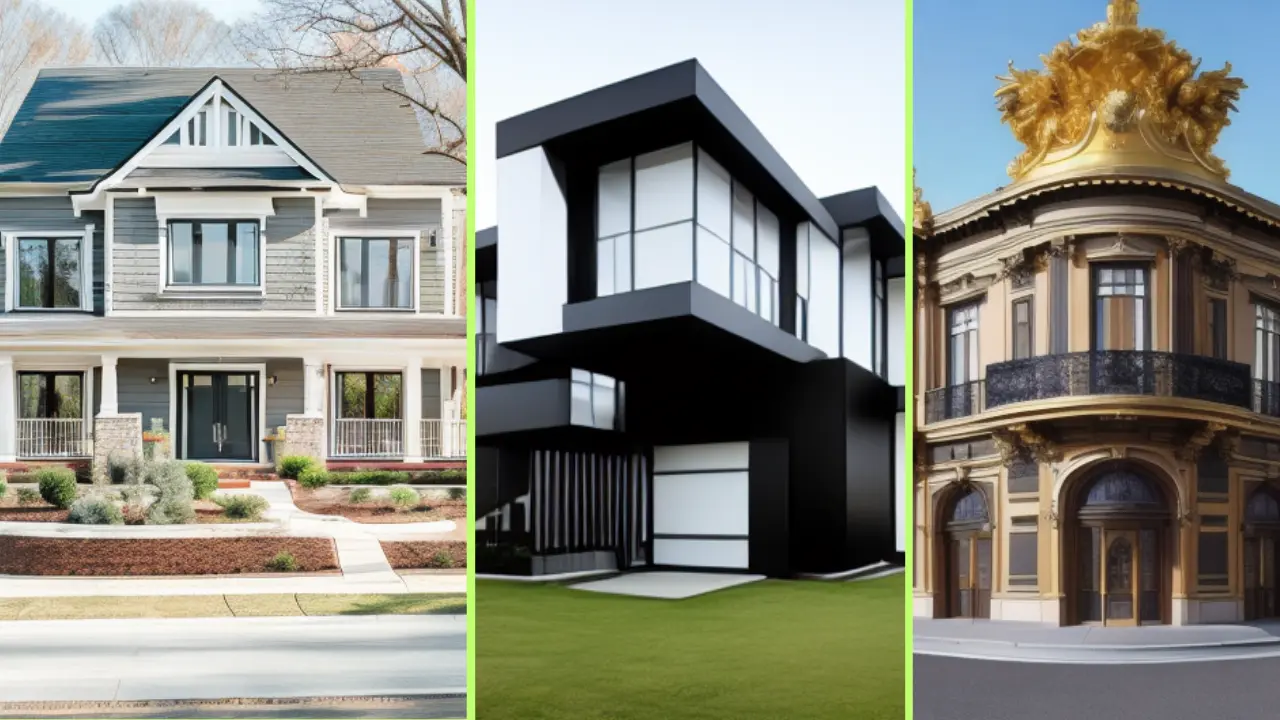In the ever-evolving world of architecture and urban planning, Artificial Intelligence (AI) is becoming a cornerstone in transforming how buildings, cities, and spaces are designed. When we talk about AI exterior, we are referring to the integration of AI technologies into the design, construction, and management of the external features of buildings and public spaces. This innovative application of AI is not just reshaping aesthetic elements but is also enhancing functionality, sustainability, and efficiency.
The Role of AI in Exterior Design

The AI exterior design of a building often involves a blend of architectural style, material selection, environmental considerations, and human-centered design. Traditional design processes can be time-consuming and costly, but with AI, architects and designers can now leverage data-driven insights to streamline and optimize every aspect of the exterior design.
AI tools can analyze massive datasets that include environmental factors like weather patterns, sunlight exposure, and wind direction. This analysis helps in designing exteriors that are not only visually appealing but also functional in terms of energy efficiency, climate responsiveness, and durability. For example, AI algorithms can recommend materials and shapes that maximize energy savings through natural heating and cooling or direct sunlight optimization.
AI and Sustainable Exterior Design
Sustainability is a top priority in modern architecture, and AI is playing a pivotal role in making buildings greener and more sustainable. Through AI-driven simulations, architects can test various exterior materials and designs to determine their impact on energy consumption, CO2 emissions, and overall sustainability. These AI tools can predict how different materials will age, react to weather conditions, and impact the building’s long-term carbon footprint.
AI can also assist in the use of renewable energy technologies on building exteriors. For instance, AI can optimize the placement of solar panels on roofs and facades to ensure maximum energy generation. Furthermore, AI can help monitor the exterior performance of smart buildings, ensuring that renewable energy systems and energy-efficient exteriors function at peak efficiency.
AI in Urban Planning and City Exteriors
Beyond individual buildings, AI is reshaping the exteriors of entire cities. Urban planning often involves creating spaces that balance aesthetics with functionality while addressing the needs of growing populations. AI-powered tools help urban planners design cities that are not only livable but also resilient and adaptable.
Smart city exteriors are now becoming more prevalent, with AI integrating features like smart street lighting, adaptive pavements, and green spaces. These AI technologies adjust in real-time to various conditions, such as traffic flow, air quality, and environmental changes, contributing to safer, cleaner, and more efficient urban exteriors.
AI can also help manage the exterior design of public spaces, such as parks and recreational areas, ensuring that they meet the needs of the community while supporting biodiversity and environmental health. AI systems can analyze visitor patterns, optimize landscaping designs, and even help monitor and maintain the health of trees, plants, and other elements that contribute to the exterior environment.
The Future of AI in Exterior Design
As AI continues to advance, the future of exterior design looks increasingly exciting. In the near future, we could see buildings that adapt their exteriors in real-time, responding to weather changes or human activity. Furthermore, AI could enable the use of dynamic facades that change shape or appearance throughout the day, creating a more interactive and sustainable urban landscape.
From energy efficiency to personalized spaces, AI offers unprecedented opportunities for reimagining the exteriors of our buildings and cities. As the technology evolves, we can expect AI to play an even more significant role in shaping the way we experience the built environment, ensuring that our surroundings are not only beautiful but also sustainable, functional, and responsive to the needs of society.
Comments on “AI in Exterior Design: Revolutionizing the Future of Architecture and Urban Planning”